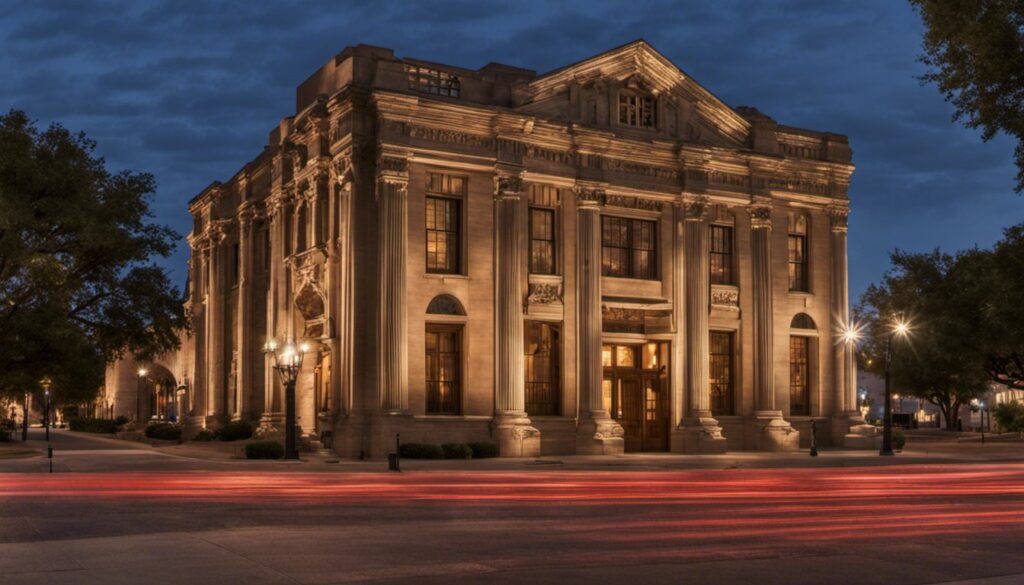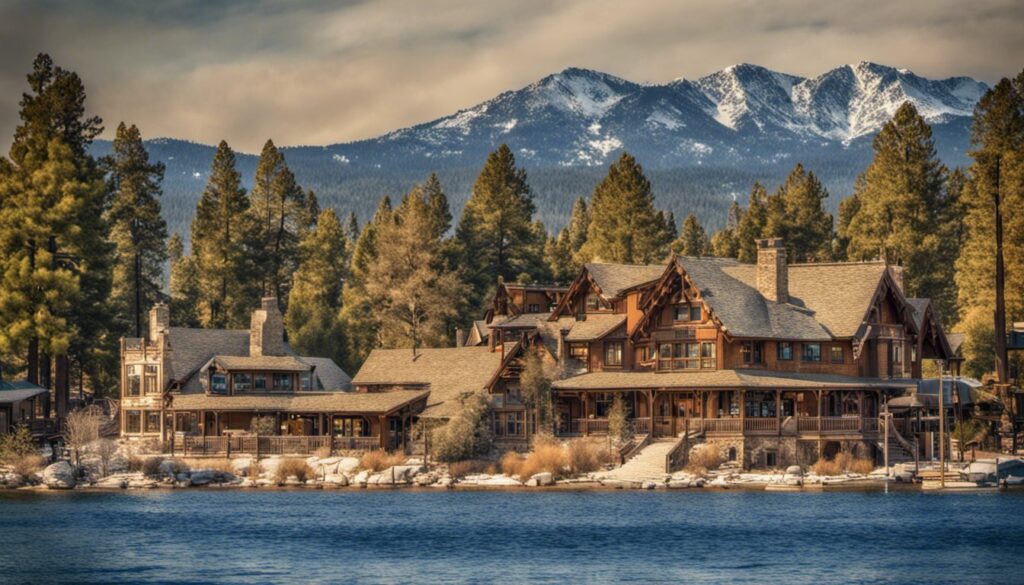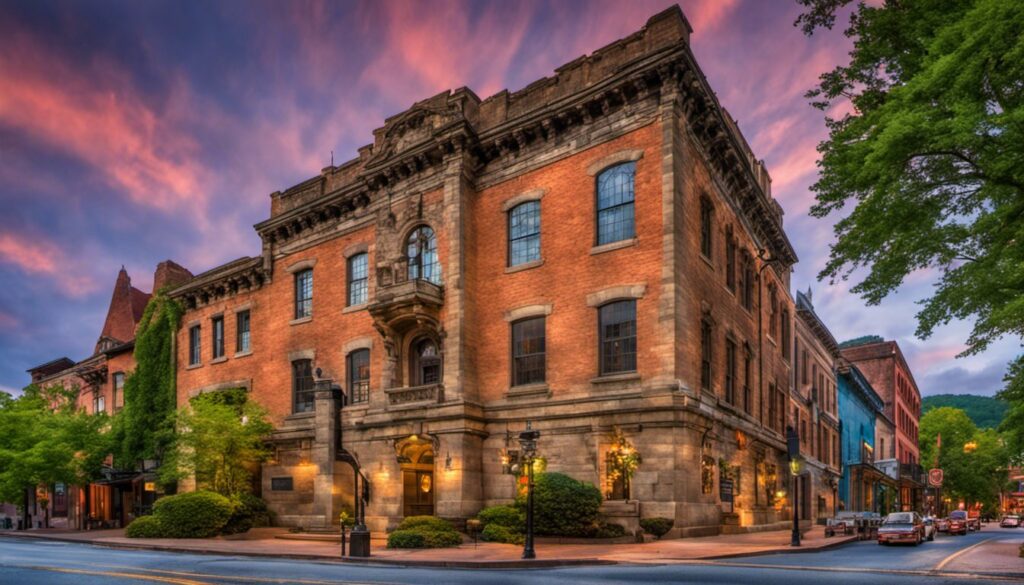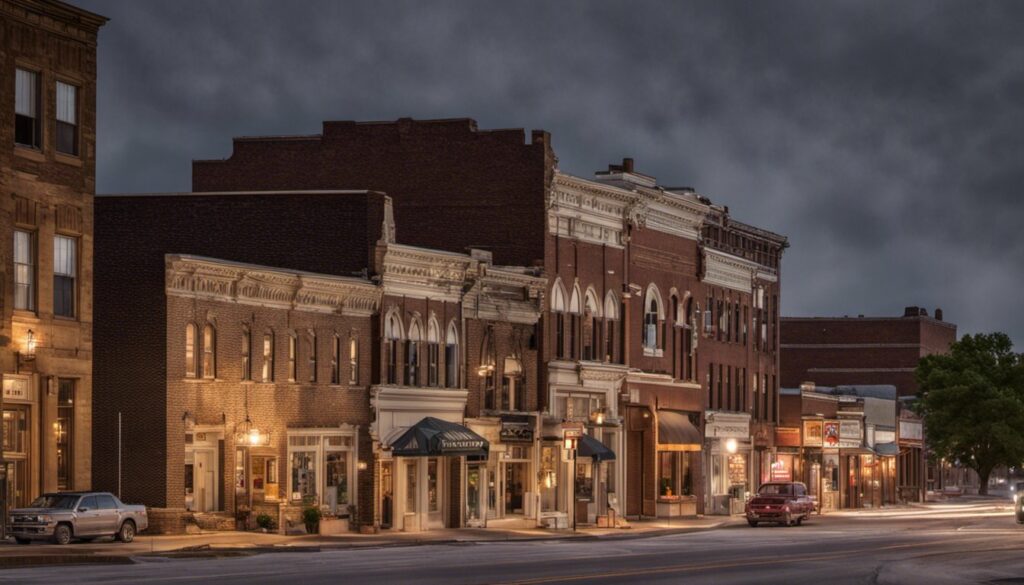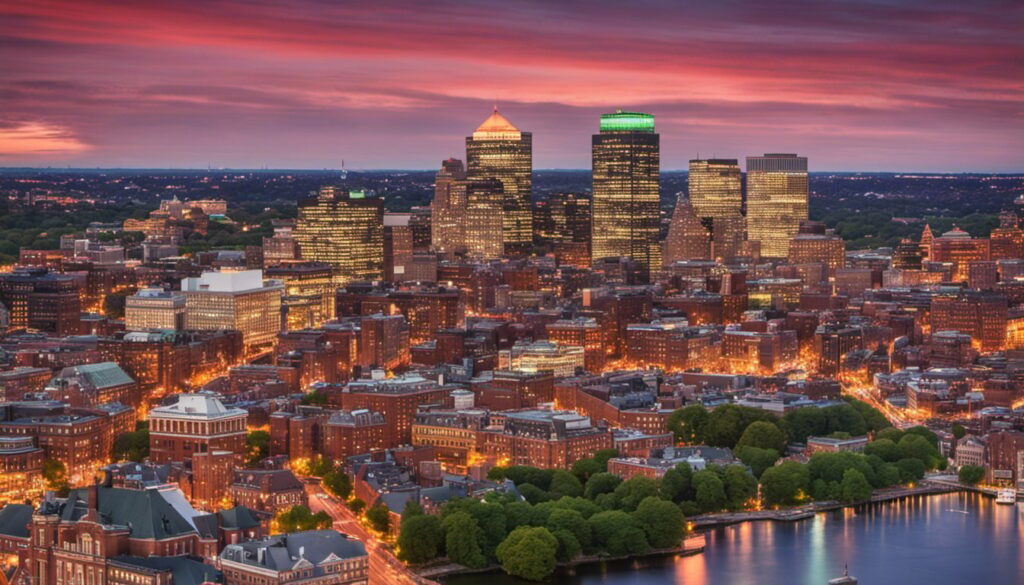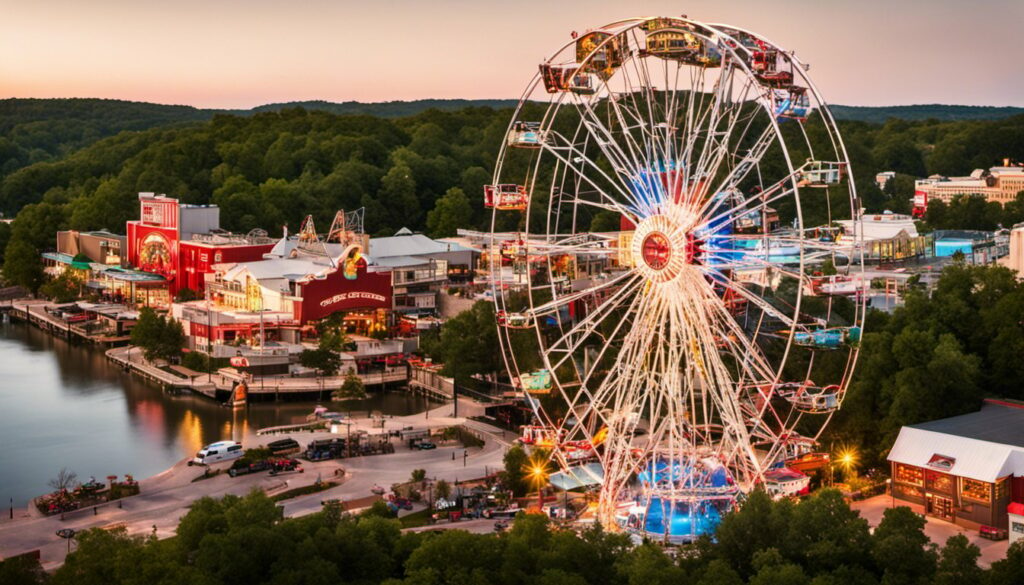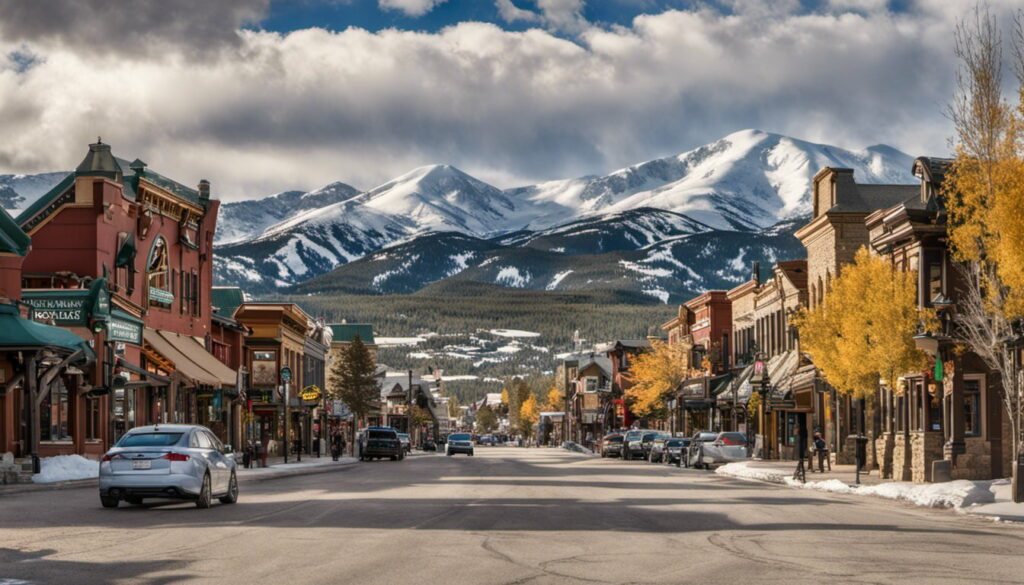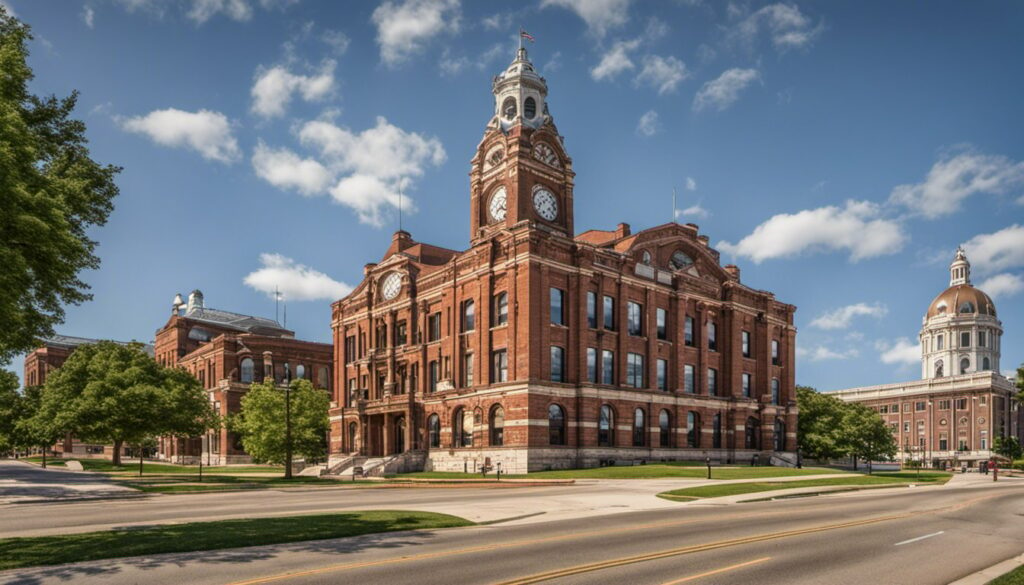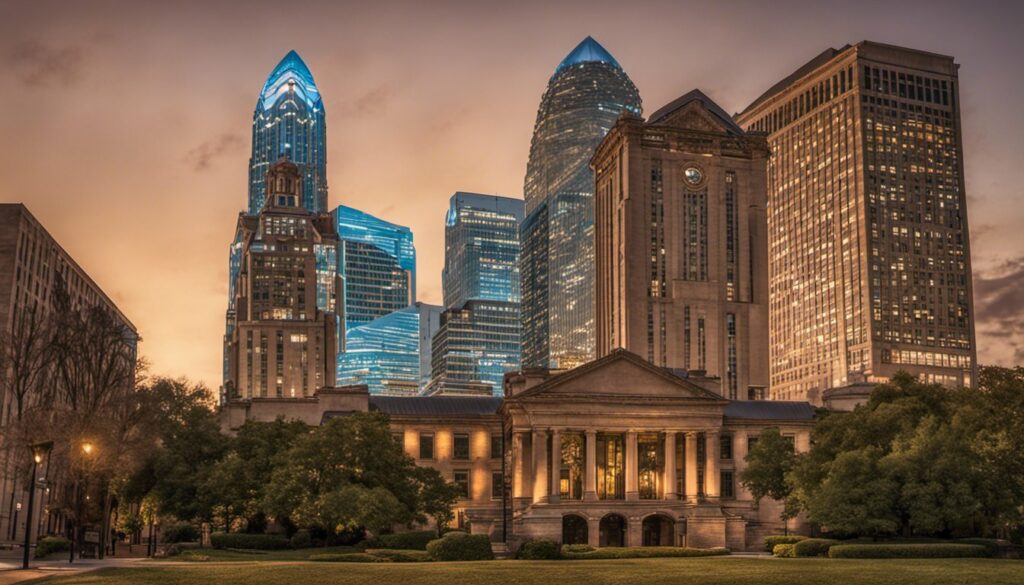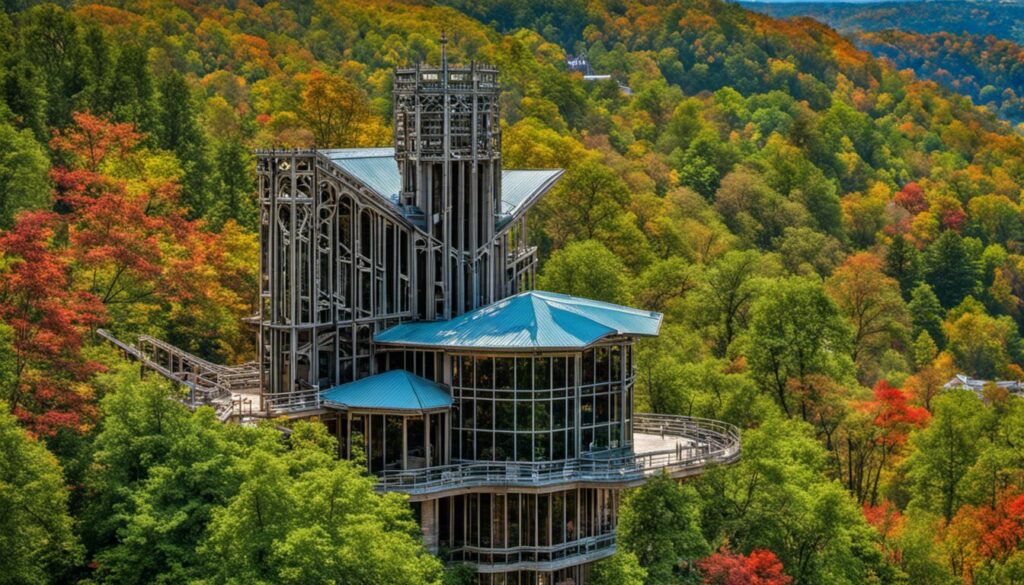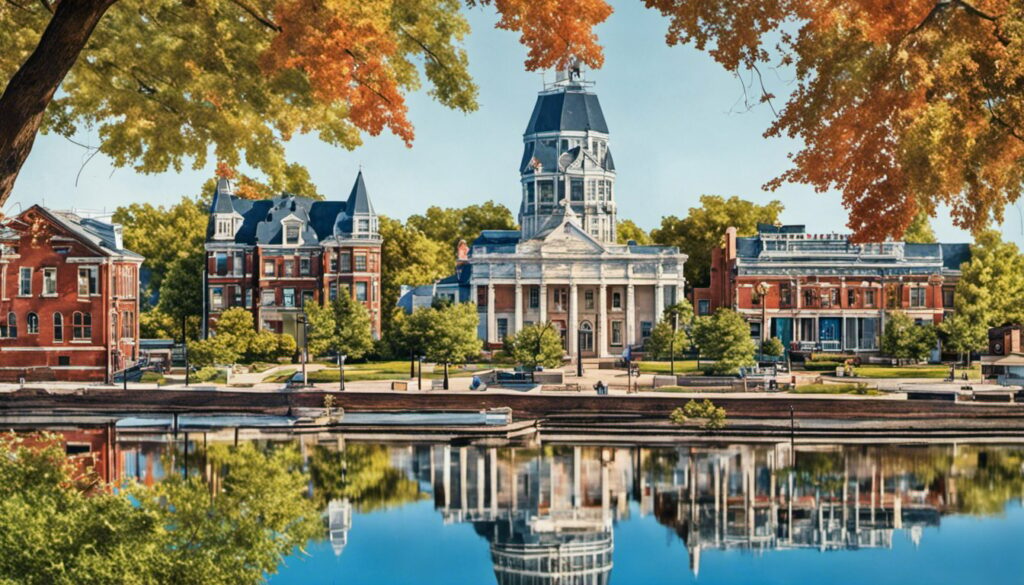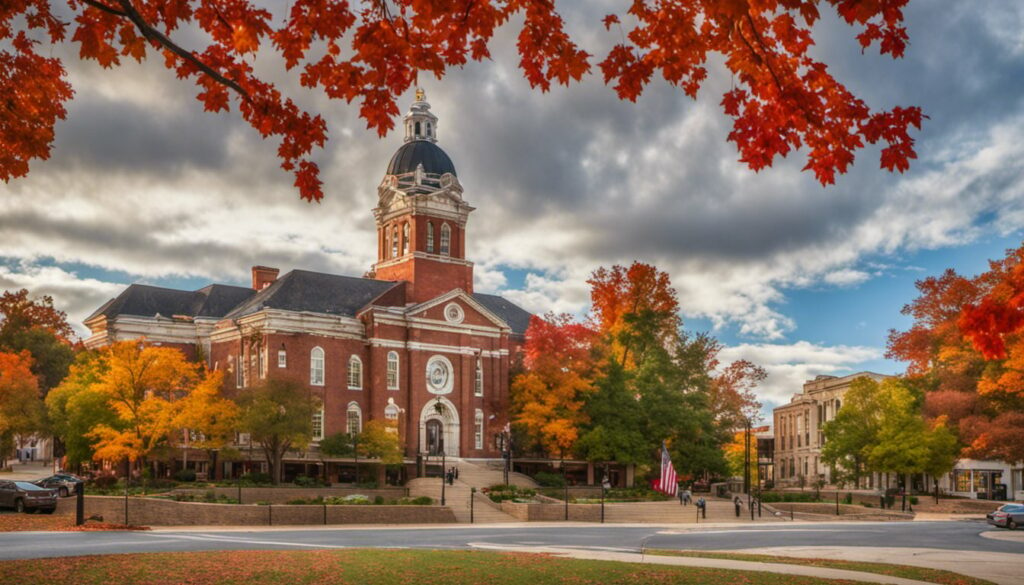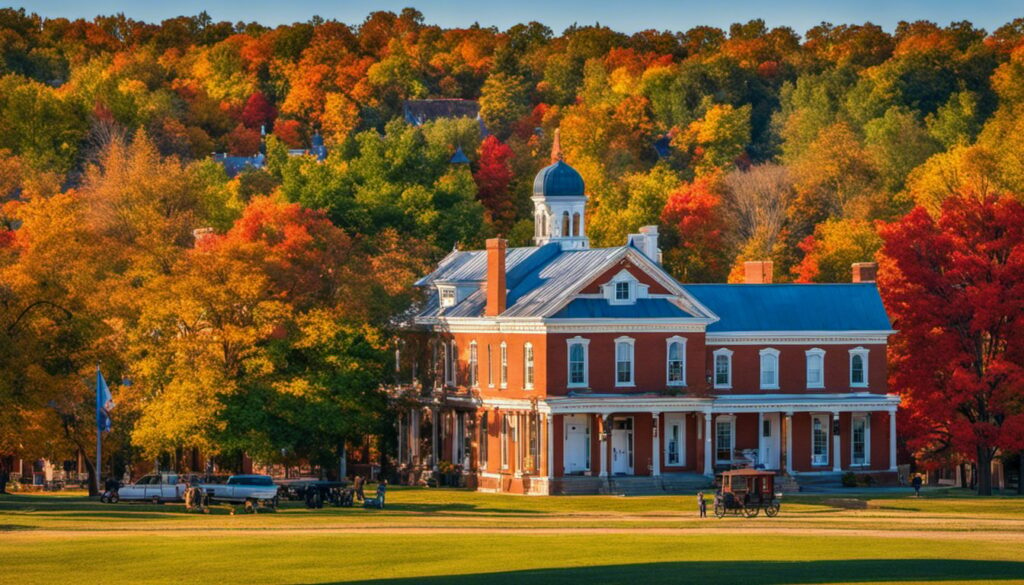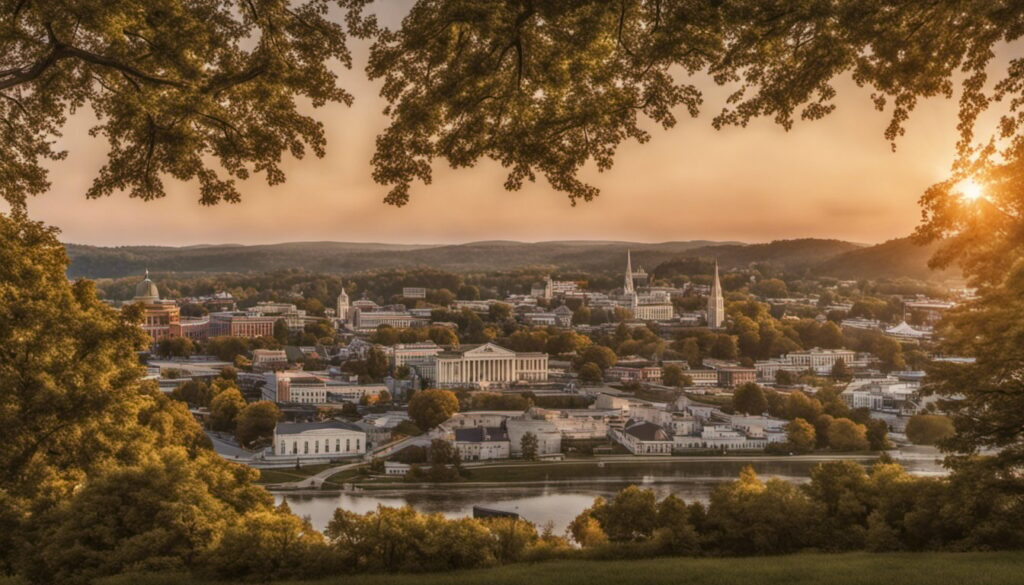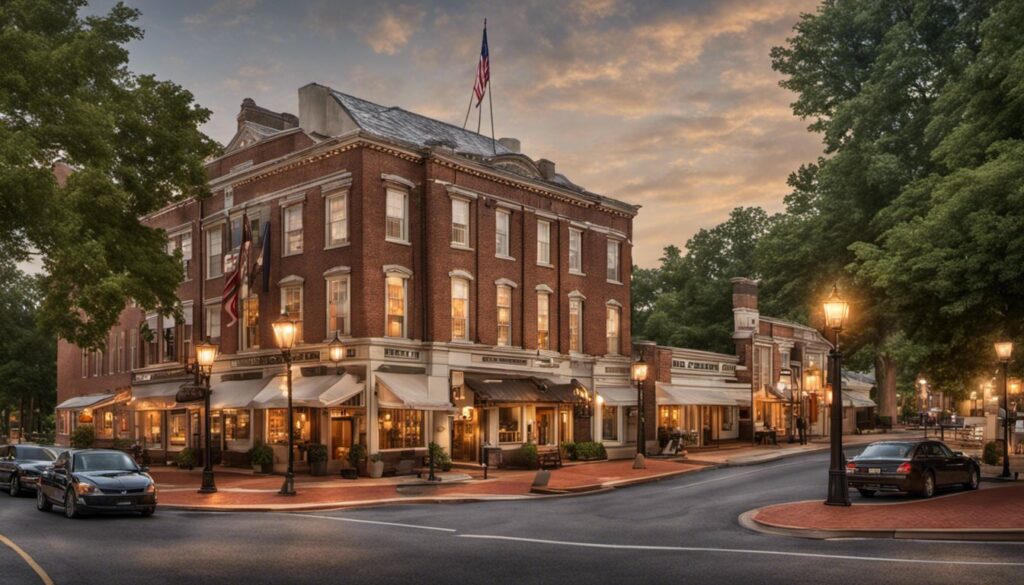Table Of Content
Explore Lubbock, Texas: A Listicle of Historical Sites and Famous Landmarks!
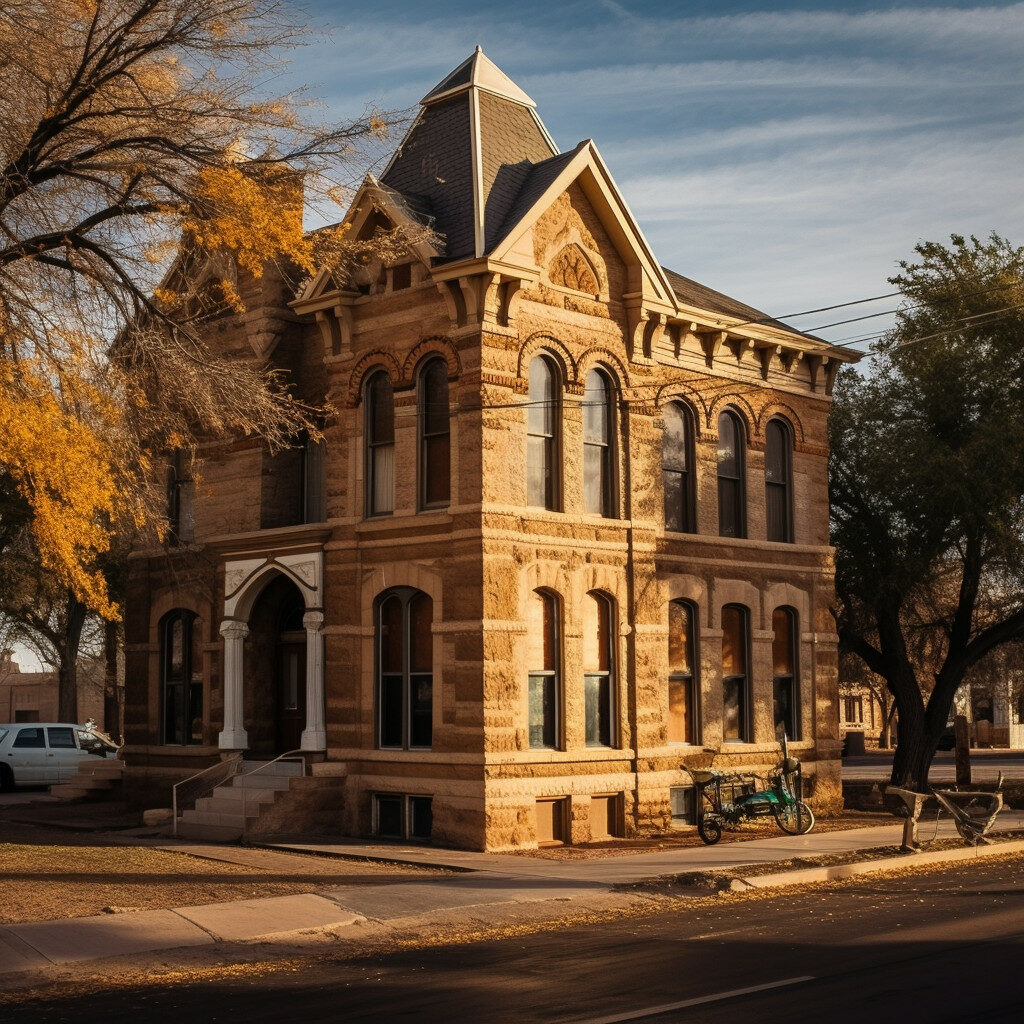

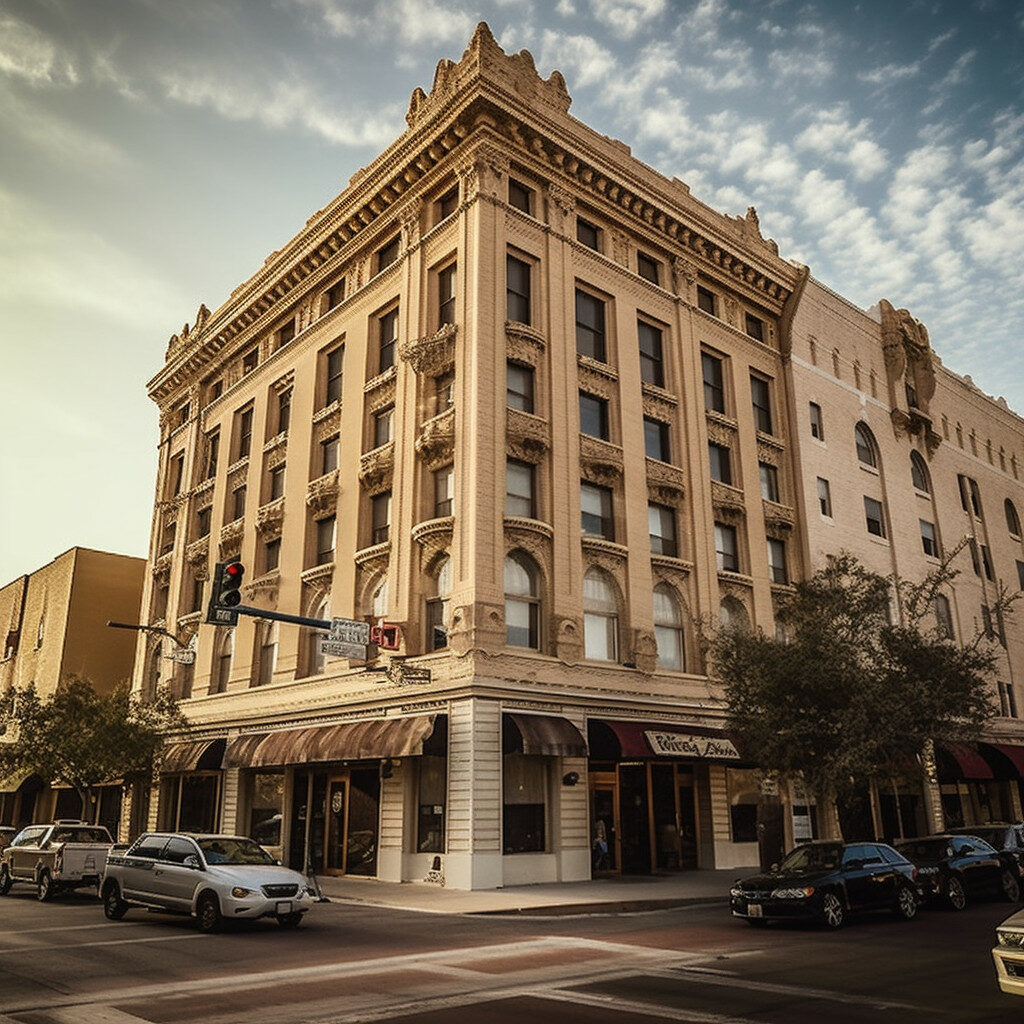
Are you planning a trip to Lubbock, Texas and looking for some historical sites and famous landmarks to visit? Look no further! Lubbock is home to several unique and significant sites that offer a glimpse into the city’s rich history and cultural impact. From the Lubbock Lake Landmark to the Buddy Holly Center, there is something for everyone to explore.
Lubbock, Texas is a city with a rich history and cultural significance. It is home to several unique and significant landmarks that have played a role in shaping the city’s identity. Whether you are a history buff, a music lover, or simply looking for a fun and educational experience, Lubbock has something to offer. In this listicle, we will explore some of the most famous landmarks and historical sites in Lubbock, Texas, and provide you with all the information you need to plan your visit.
Key Takeaways
- Lubbock, Texas is a city with a rich history and cultural significance.
- The city is home to several unique and significant landmarks that have played a role in shaping its identity.
- From the Lubbock Lake Landmark to the Buddy Holly Center, there is something for everyone to explore.
Historical Significance of Lubbock, Texas



Lubbock, Texas, is a city in West Texas with a rich history that dates back to the 1800s. The city was founded in 1890 when a group of settlers decided to establish a town on the site of the old Lubbock Lake. The town grew rapidly, and by the turn of the century, it had become an important center for agriculture and ranching.
Lubbock played a significant role in the history of Texas, particularly during the early years of the state’s development. The city was a hub for cattle drives and a center for cotton production, which helped to make Texas one of the wealthiest states in the country.
Lubbock County, where the city is located, is also home to several historic sites and landmarks that reflect the region’s rich history. The National Register of Historic Places lists several sites in Lubbock County, including the Lubbock Lake Landmark, which is an important archeological site and natural history preserve. The landmark is a protected state and federal landmark and features evidence of ancient people and extinct animals.
In addition to Lubbock Lake Landmark, Lubbock is also home to several other historical sites and landmarks. The Buddy Holly Center is a permanent exhibit dedicated to the life and music of rock and roll legend Buddy Holly, who was born in Lubbock. The center features memorabilia donated by family, friends, and fans, including Buddy’s glasses found at the site of the airplane crash.
Overall, Lubbock, Texas, is a city with a rich history and cultural heritage that is worth exploring. Whether you are a history buff or just looking for a fun and educational trip, Lubbock has something to offer everyone.
Historic Lubbock



Lubbock, Texas is a city with a rich history and a number of historical sites and landmarks to explore. From Old Lubbock to Monterey, there are plenty of places to visit and learn about the city’s past.
Old Lubbock


Old Lubbock is the historic downtown area of the city and is home to many of Lubbock’s oldest buildings. The area has been designated as a historic district and is listed on the National Register of Historic Places. Some of the notable buildings in the area include:
- Lubbock County Courthouse: Built in 1916, this courthouse is an excellent example of Beaux-Arts architecture.



- Pioneer Hotel: This hotel was built in 1925 and was once one of the most luxurious hotels in the area.



- Cactus Theater: This theater was built in 1938 and has been restored to its original Art Deco style.



Monterey



Monterey is a historic neighborhood in Lubbock that was once a separate town. Today, it is a thriving part of the city and is home to many of Lubbock’s most popular restaurants and shops. Some of the notable landmarks in Monterey include:
- Monterey High School: This school was built in 1955 and is one of the most recognizable buildings in the neighborhood.



- Lubbock Lake Landmark: This site is an archaeological preserve that contains evidence of human habitation dating back over 12,000 years.



- Migrant Labor Camps Historical Marker: This marker is located in Aztlan Park and commemorates the many migrant workers who came to Lubbock to work in the cotton fields.



Cotton



Cotton has played a significant role in the history of Lubbock. The city is located in the heart of the Texas Cotton Belt and has been a major producer of cotton for over a century. Today, Lubbock is still one of the leading producers of cotton in the United States.
Wikipedia



For more information on the history of Lubbock, be sure to check out the city’s Wikipedia page. There you can find information on the city’s founding, its growth and development, and its many historical sites and landmarks.
Lubbock Lake Landmark



If you’re interested in history and natural beauty, you won’t want to miss Lubbock Lake Landmark on the northern edge of Lubbock, Texas. This unique site is a combination of natural history preserve, archaeological dig, and museum, all rolled into one.
Archaeological Importance



Lubbock Lake Landmark is an important archaeological site, with evidence of almost 12,000 years of occupation by ancient peoples on the Southern High Plains. The site has been designated as a National Historic Landmark and a State Archeological Landmark, and is listed on the National Register of Historic Places.
Natural History Preserve



In addition to its archaeological importance, Lubbock Lake Landmark is also a natural history preserve, with beautiful scenery and unique geology. The site is home to ancient springs, water resources, and bison kills, all of which provide insight into the natural history of the area.
Museum of Texas Tech University



The museum at Lubbock Lake Landmark is operated by Texas Tech University, and features exhibits on the history and natural beauty of the site. Visitors can view artifacts from the Folsom and Firstview cultures, as well as stone tools, pottery, and other items from the Paleo-Indian, Archaic, Ceramic, and Protohistoric periods.
Volunteers at Lubbock Lake Landmark play an important role in preserving the site and its artifacts. Visitors can also participate in hands-on activities, such as digging for fossils and artifacts, or taking a guided tour of the site.
Lubbock Lake Landmark is a must-see for anyone interested in the history and natural beauty of the Southern High Plains. With its unique combination of archaeological importance, natural history preserve, and museum, there’s something for everyone at this exciting site.
Texas Tech University



If you’re a college town enthusiast, you’re in for a treat with Texas Tech University. The campus is a hub of activity, and there’s always something to see or do. Whether you’re a student or not, you’ll find plenty of reasons to visit the university.
One of the campus’s most impressive features is the Museum of Texas Tech University. The museum has an extensive collection of art, artifacts, and natural history specimens. You can spend hours exploring the museum’s exhibits, which range from ancient pottery to modern art.
Another must-visit spot on campus is the Moody Planetarium. The planetarium has a state-of-the-art projection system that creates an immersive experience. You can sit back and watch the stars, planets, and galaxies swirl around you.
If you’re interested in history, be sure to check out the National Ranching Heritage Center. The center showcases the history of ranching in the West and has over 50 authentic ranch buildings dating from the late 18th to the mid-20th century. It’s a fascinating look at an important part of Texas’s history.
Finally, don’t forget to stop by the Texas Tech University Dairy Barn. The barn was built in the 1920s and was used to house the university’s dairy herd. Today, it’s a popular spot for events and is home to the student-run Creamery, where you can sample delicious ice cream made on-site.
Overall, Texas Tech University is a vibrant and exciting place to visit. Whether you’re a college student or just looking for something to do, you’re sure to find something that interests you on campus.
Buddy Holly and Lubbock’s Cultural Impact



Lubbock, Texas, is known for many things, but perhaps the most famous of all is Buddy Holly, the rock and roll icon who was born and raised in the city. Holly’s music and cultural impact are still felt in Lubbock to this day, and visitors to the city can explore the many landmarks and tributes to this beloved musician.
One of the most popular sites for Buddy Holly fans is the Buddy Holly Center, a museum dedicated to the musician’s life and legacy. The center features exhibits on Holly’s life, including his early years in Lubbock, his rise to fame, and his tragic death in a plane crash in 1959. Visitors can also see artifacts from Holly’s life, including his famous glasses and guitars.
But it’s not just the Buddy Holly Center that celebrates the musician’s impact on Lubbock’s culture. Across the city, you’ll find tributes to Holly, including a statue in the downtown area and a street named after him. And every year, Lubbock hosts the Buddy Holly Music Festival, a celebration of Holly’s life and music that draws fans from around the world.
But Holly’s impact on Lubbock’s culture goes beyond just music. He was also a pioneer in the recording industry, using innovative techniques to create his signature sound. And his influence on other musicians has been felt for decades, with artists from The Beatles to Weezer citing him as an inspiration.
Overall, Buddy Holly’s legacy is an important part of Lubbock’s cultural heritage, and visitors to the city can experience his impact firsthand by exploring the many landmarks and tributes to this beloved musician.
Location and Environment



Lubbock, Texas is located in the northwestern part of the state, in the heart of the Southern High Plains region. The city is situated on the edge of the Llano Estacado, a vast plateau that covers much of the region. The Brazos River, one of the longest rivers in Texas, flows through the eastern part of the city.
The geology of the area is characterized by the presence of the Caprock Escarpment, a long cliff that marks the boundary between the High Plains and the Rolling Plains regions of Texas. The soils in the Lubbock area are mostly sandy and loamy, and are well-suited for agriculture.
The climate in Lubbock is semi-arid, with hot summers and mild winters. The city receives an average of 18 inches of rainfall per year, most of which falls during the summer months. The area is known for its frequent dust storms, which are caused by the strong winds that blow across the plains.
Despite its harsh environment, Lubbock has a rich history and is home to many famous landmarks and historical sites. From the Lubbock Lake Landmark, which contains evidence of almost 12,000 years of occupation by ancient peoples, to the many historical markers scattered throughout the city, there is no shortage of fascinating places to explore.
Whether you are interested in geology, archaeology, or just want to experience the unique beauty of the Southern High Plains, Lubbock has something for everyone. So pack your bags, grab your camera, and get ready to discover all that this amazing city has to offer!
Frequently Asked Questions
What are some must-visit historical sites and landmarks in Lubbock, Texas?
Lubbock, Texas is home to several must-visit historical sites and landmarks. Some of the top sites include the Buddy Holly Center, which celebrates the life and legacy of the legendary musician, and the Silent Wings Museum, which honors the history of glider pilots during World War II. Visitors can also explore the National Ranching Heritage Center, which features a collection of historic ranch buildings and artifacts, and the Lubbock Lake National Historic Landmark, which offers a glimpse into the region’s prehistoric past.
What is the significance of Lubbock Lake National Historic Landmark?
Lubbock Lake National Historic Landmark is one of the most significant archaeological sites in North America. The site contains evidence of nearly 12,000 years of human habitation, including artifacts from the Clovis and Folsom cultures, as well as evidence of early bison hunting. Visitors can explore the site’s museum and take a guided tour to learn more about the area’s rich history.
What can visitors expect to see at the National Ranching Heritage Center?
The National Ranching Heritage Center is a must-visit destination for anyone interested in the history of ranching in Texas. The center features a collection of historic ranch buildings, including a blacksmith shop, a one-room schoolhouse, and a windmill. Visitors can also explore exhibits on the history of ranching and the role of cowboys in the American West.
What are some of the top things to do in Lubbock for history buffs?
History buffs will find plenty to see and do in Lubbock, Texas. In addition to visiting the Buddy Holly Center and the National Ranching Heritage Center, visitors can explore the American Wind Power Center, which features a collection of historic windmills, and the Bayer Museum of Agriculture, which showcases the history of farming in the region. The Silent Wings Museum and the Lubbock Lake National Historic Landmark are also must-visit destinations.
What makes Lubbock, Texas a unique destination for history lovers?
Lubbock, Texas is a unique destination for history lovers because of its rich cultural and historical heritage. The city is home to several museums and landmarks that celebrate the area’s unique history, including the Buddy Holly Center and the National Ranching Heritage Center. Visitors can also explore the region’s prehistoric past at the Lubbock Lake National Historic Landmark and learn about the history of wind energy at the American Wind Power Center.
Who are some notable figures from Lubbock, Texas and what landmarks are associated with them?
Lubbock, Texas is home to several notable figures, including legendary musician Buddy Holly and former Secretary of State James Baker. The Buddy Holly Center celebrates the life and legacy of Holly, while the James A. Baker III Institute for Public Policy at Rice University honors Baker’s contributions to American politics. Visitors can also explore landmarks associated with other notable Texans, including the National Ranching Heritage Center and the Silent Wings Museum.

